Let’s be honest—most of us have been there. You’re crushing your workout, feeling like an absolute champion, and then BAM! You reach for that neon-colored sports drink that promises to replenish your electrolytes. Sure, it does the job, but it also delivers enough sugar to make a candy bar blush. What if I told you there’s a better way? Enter the world of sugar-free electrolyte smoothies—your new secret weapon for staying hydrated without the sugar rollercoaster.
I’ve spent years perfecting these recipes, and trust me, your taste buds (and your waistline) will thank you. These aren’t your average green smoothies that taste like liquid vegetables. We’re talking about creamy, refreshing, and downright delicious drinks that work harder than those overpriced sports drinks.
Why Sugar-Free Electrolyte Smoothies Are Game-Changers
Picture this: You’re getting all the hydration benefits of traditional sports drinks, minus the sugar crash, artificial colors, and that weird aftertaste that lingers for hours. Sugar-free electrolyte smoothies are revolutionizing how we think about hydration and recovery.
The beauty of these drinks lies in their simplicity and effectiveness. Unlike their commercial counterparts, homemade sugar-free electrolyte drinks give you complete control over what goes into your body. No mysterious ingredients with names you can’t pronounce—just pure, natural hydration that tastes fantastic.
The Science Behind the Magic
Your body is essentially a sophisticated machine that operates on electrolytes—specifically, sodium, potassium, magnesium, and calcium. When you sweat, exercise, or even go about your daily routine, you lose these essential minerals. Traditional sports drinks replace them but often come loaded with 20-30 grams of added sugar per serving. That’s like drinking liquid candy!
Natural electrolyte drinks work differently. They harness the power of whole foods to deliver these minerals in their most bioavailable form. Think coconut water (nature’s sports drink), leafy greens (magnesium powerhouses), and sea salt (sodium without the processing). Your body recognizes and absorbs these nutrients more efficiently than synthetic alternatives.
The Ultimate Collection: 10 Sugar-Free Electrolyte Smoothie Recipes
1. The Tropical Paradise Recovery Smoothie
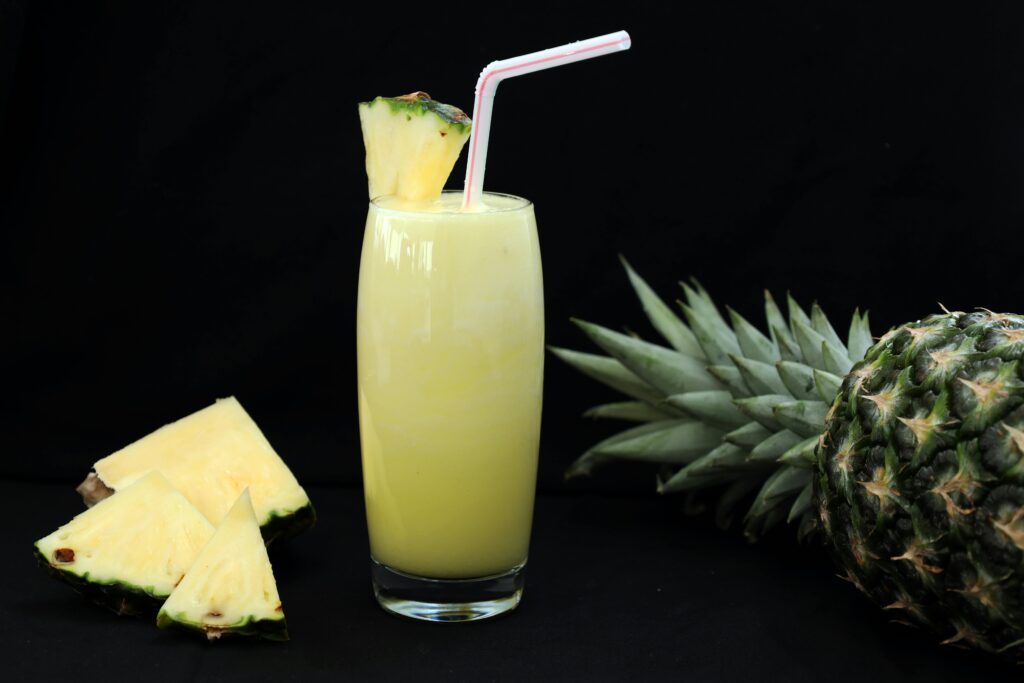
This coconut water electrolyte drink is like a vacation in a glass. I created this recipe after a particularly brutal hot yoga session when I was craving something refreshing but not overly sweet.
Ingredients:
- 1 cup unsweetened coconut water
- ½ cup frozen pineapple chunks
- ½ frozen banana
- 1 tablespoon unsweetened coconut flakes
- ½ teaspoon sea salt
- 1 tablespoon lime juice
- 5-6 ice cubes
Why it works: Coconut water naturally contains potassium, magnesium, and sodium. The banana adds extra potassium, while the sea salt ensures optimal sodium levels for hydration.
2. The Green Goddess Hydrator
Don’t let the color fool you—this magnesium-rich drink tastes like a tropical smoothie, not a salad. The secret is in the balance of ingredients.
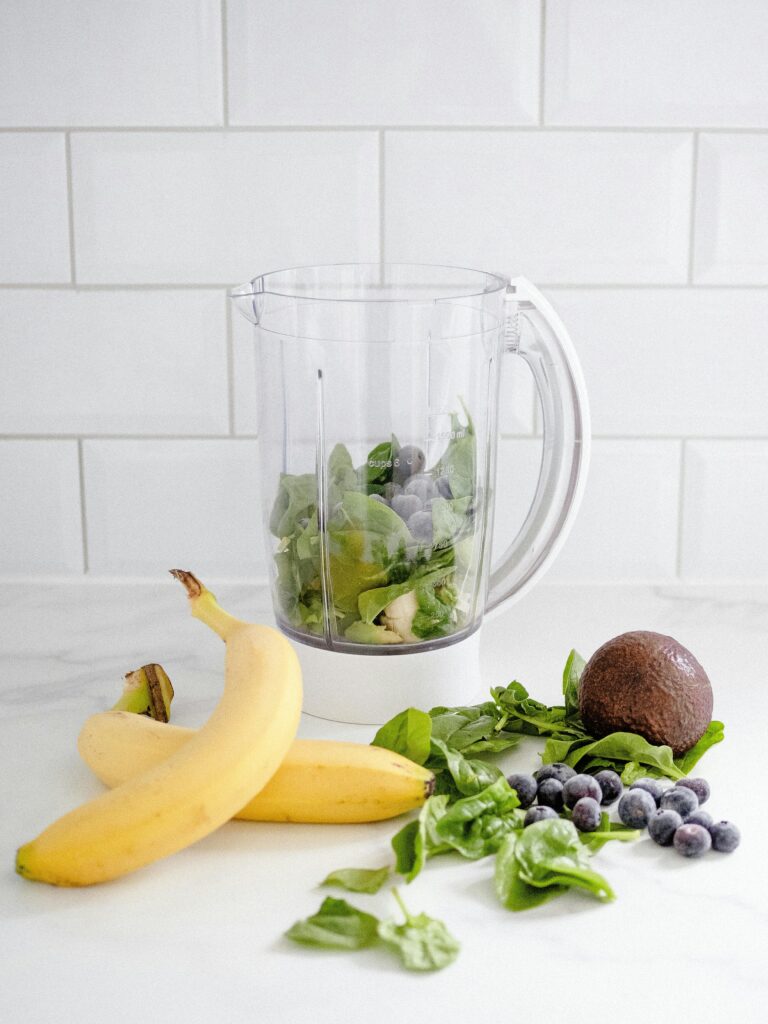
Ingredients:
- 1 cup unsweetened almond milk
- 1 cup fresh spinach
- ½ avocado
- ½ frozen banana
- 1 tablespoon almond butter
- ½ teaspoon pink Himalayan salt
- 1 teaspoon vanilla extract
- Stevia to taste
Pro tip: The avocado makes this incredibly creamy while providing healthy fats that help with electrolyte absorption.
3. The Citrus Burst Energizer
This citrus electrolyte drink is my go-to morning pick-me-up. It’s like sunshine in a glass, and the natural vitamin C gives you an energy boost without caffeine jitters.
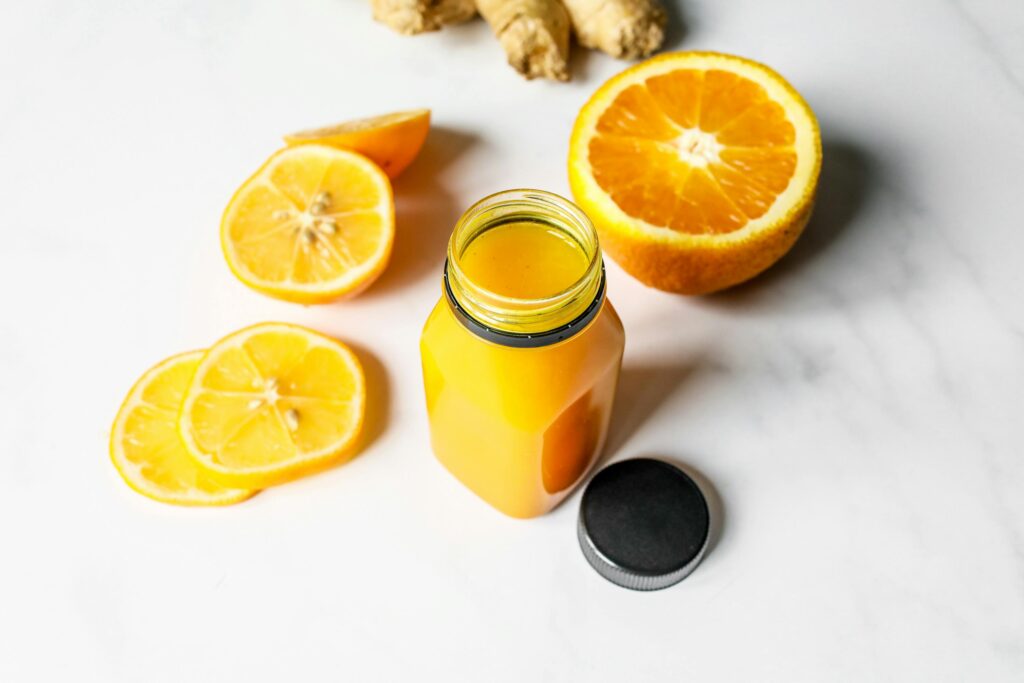
Ingredients:
- 1 cup coconut water
- ½ cup fresh orange juice
- 2 tablespoons lemon juice
- 1 tablespoon lime juice
- ½ teaspoon sea salt
- 1 teaspoon grated ginger
- Monk fruit sweetener to taste
- Ice cubes
4. The Berry Antioxidant Powerhouse
This berry electrolyte drink is loaded with antioxidants and tastes like a dessert. I originally made this for my kids, but honestly, I drink it more than they do.
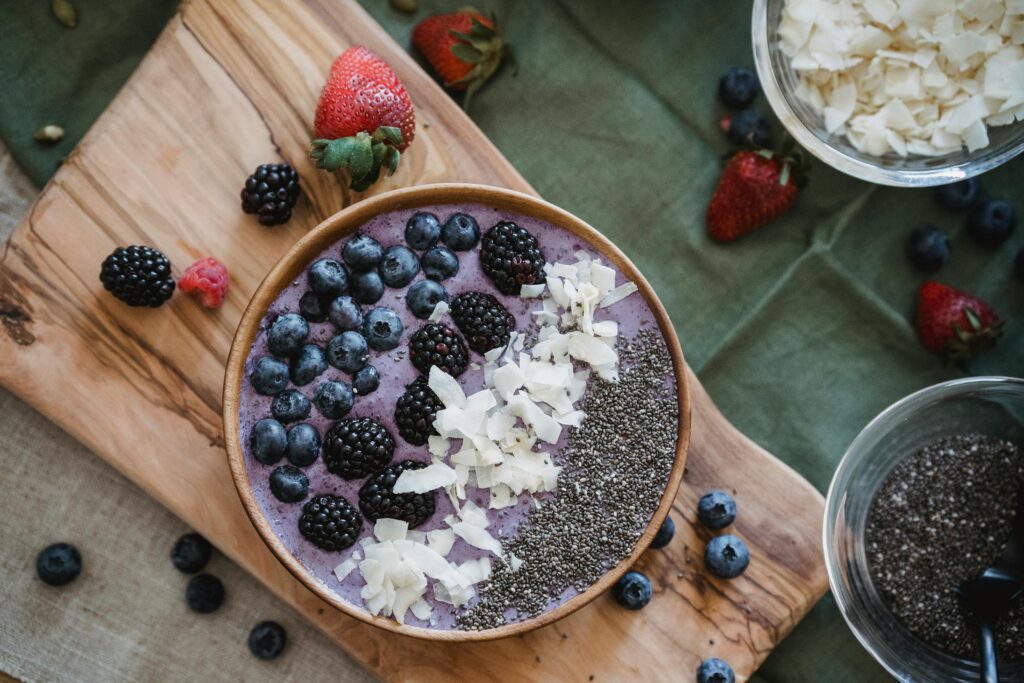
Ingredients:
- 1 cup unsweetened coconut milk
- ½ cup mixed berries (blueberries, strawberries, raspberries)
- ½ frozen banana
- 1 tablespoon chia seeds
- ½ teaspoon vanilla extract
- ¼ teaspoon sea salt
- Stevia to taste
Hidden benefit: Chia seeds expand in liquid, creating a satisfying texture while adding omega-3 fatty acids and fiber.
5. The Cucumber Mint Refresher
Nothing says refreshing like this cucumber mint electrolyte water in smoothie form. It’s hydrating, cooling, and surprisingly filling.
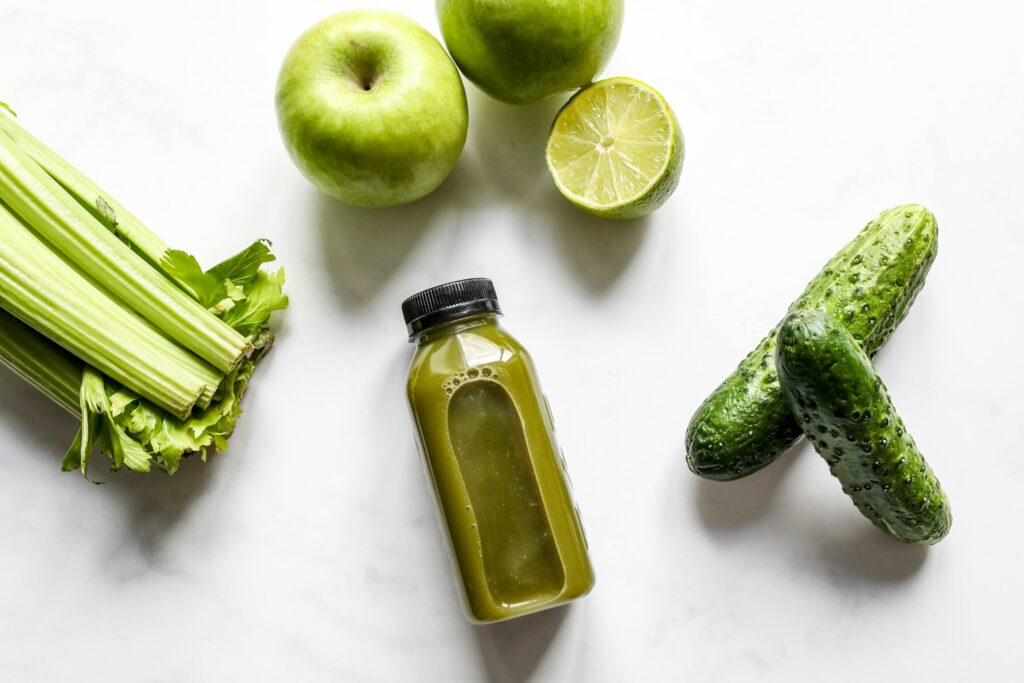
Ingredients:
- 1 cup coconut water
- 1 medium cucumber, peeled and chopped
- 10 fresh mint leaves
- ½ cup ice
- 1 tablespoon lime juice
- ½ teaspoon sea salt
- Stevia to taste
6. The Chocolate Protein Recovery Shake
Yes, you read that right—chocolate! This electrolyte smoothie with collagen protein satisfies your sweet tooth while supporting muscle recovery.
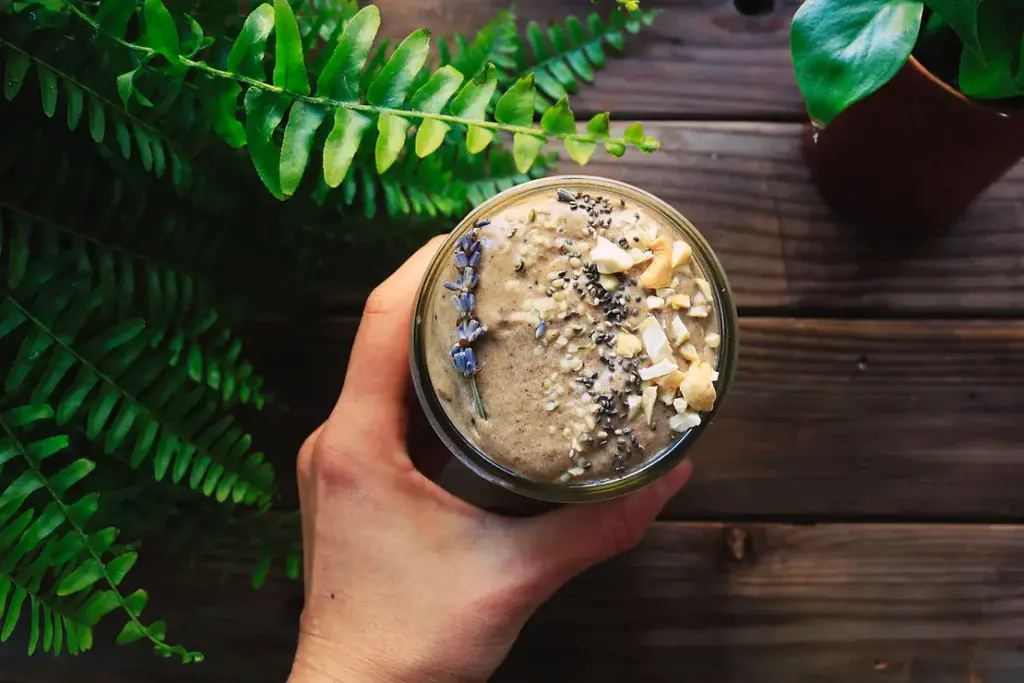
Ingredients:
- 1 cup unsweetened almond milk
- 1 scoop sugar-free chocolate protein powder
- 1 tablespoon unsweetened cocoa powder
- ½ frozen banana
- 1 tablespoon almond butter
- ½ teaspoon sea salt
- 1 teaspoon vanilla extract
7. The Watermelon Basil Cooler
This watermelon electrolyte drink is summer in a glass. The basil adds an unexpected twist that elevates the entire flavor profile.
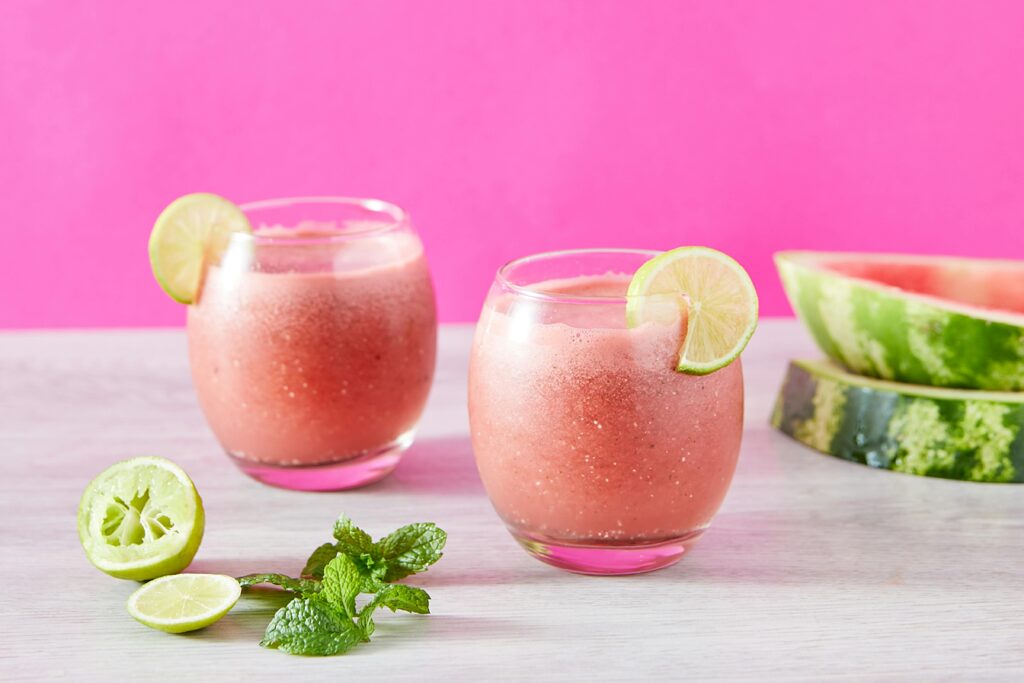
Ingredients:
- 2 cups fresh watermelon, cubed
- 6-8 fresh basil leaves
- ½ cup coconut water
- 1 tablespoon lime juice
- ½ teaspoon sea salt
- Ice cubes
8. The Vanilla Almond Dream
This dairy-free electrolyte smoothie is like drinking a healthy milkshake. The combination of almonds and vanilla creates a luxurious texture and flavor.
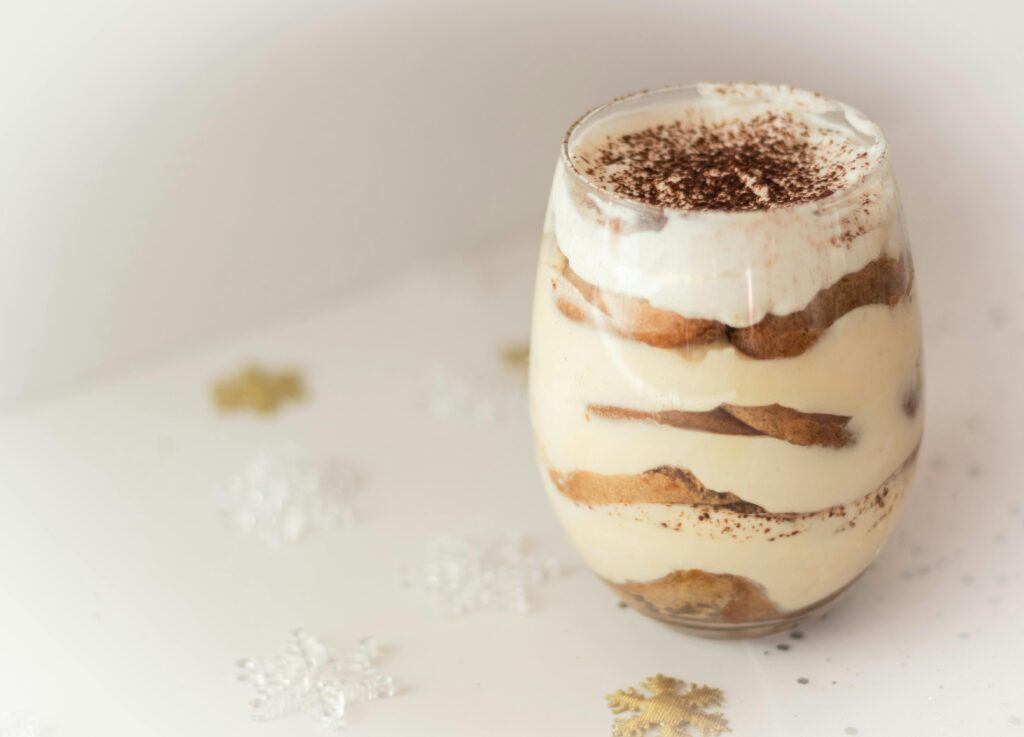
Ingredients:
- 1 cup unsweetened almond milk
- ¼ cup raw almonds (soaked for 2 hours)
- ½ frozen banana
- 1 teaspoon vanilla extract
- ½ teaspoon sea salt
- 1 tablespoon coconut oil
- Stevia to taste
9. The Spiced Chai Electrolyte Blend
This electrolyte-infused tea smoothie brings warming spices together with hydrating benefits. It’s perfect for those who want something different from typical fruity smoothies.

Ingredients:
- 1 cup cooled chai tea (unsweetened)
- ½ cup coconut milk
- ½ frozen banana
- ½ teaspoon cinnamon
- ¼ teaspoon ginger powder
- ½ teaspoon sea salt
- Monk fruit sweetener to taste
10. The Golden Turmeric Healer
This anti-inflammatory electrolyte drink combines the healing properties of turmeric with essential minerals. It’s my secret weapon for recovery days.
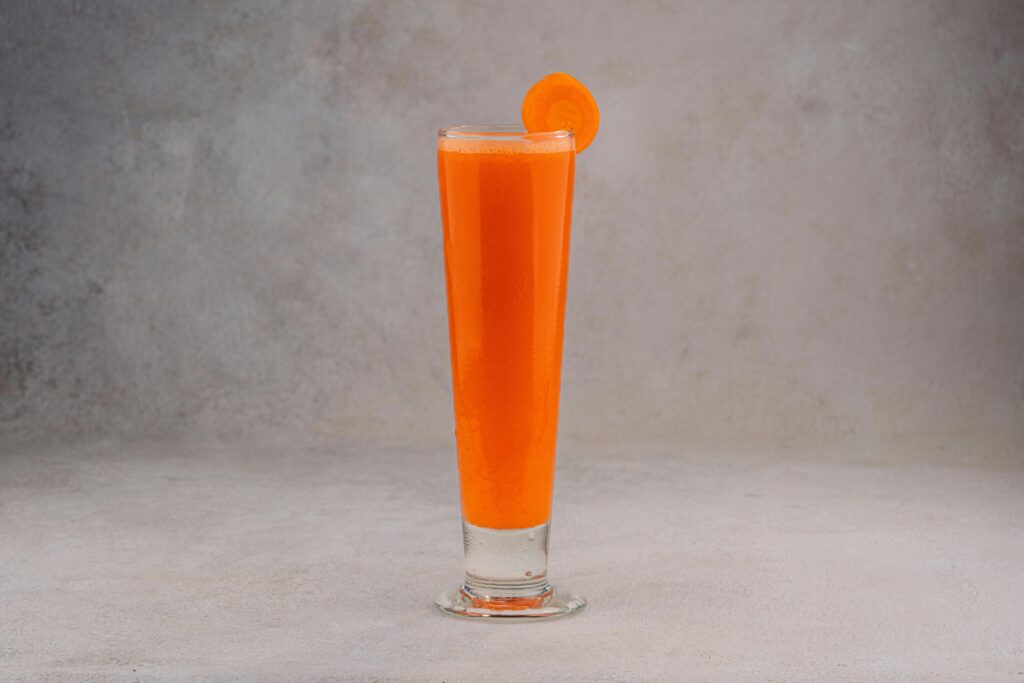
Ingredients:
- 1 cup coconut milk
- ½ frozen mango
- 1 teaspoon turmeric powder
- ½ teaspoon ginger powder
- ½ teaspoon sea salt
- 1 tablespoon coconut oil
- Black pepper (just a pinch)
- Stevia to taste
The Science of Sugar-Free Sweetening
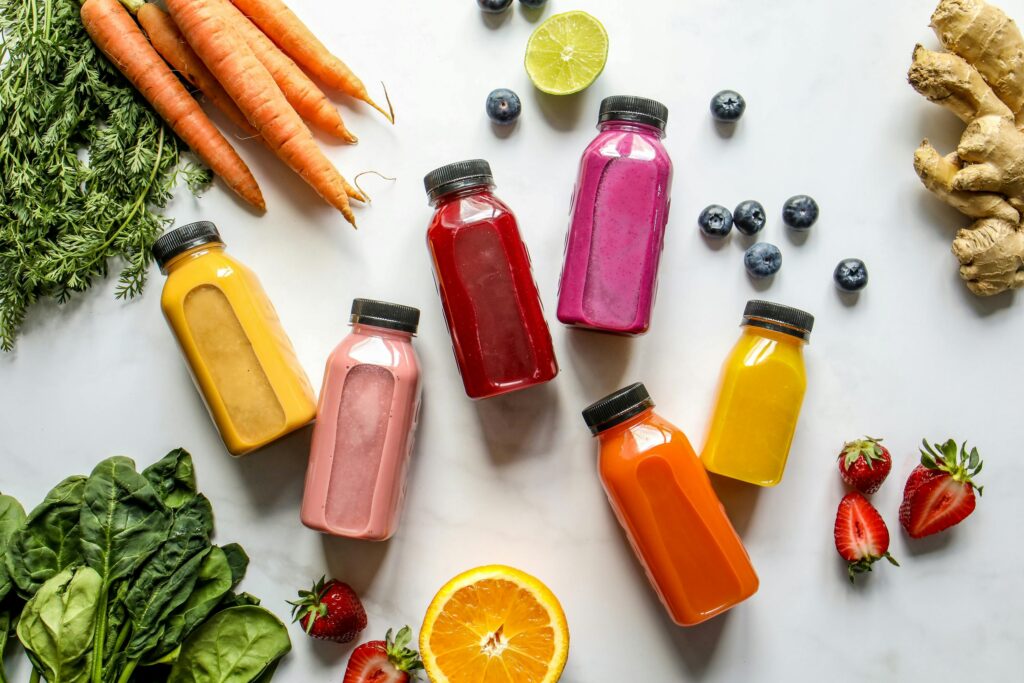
Let’s talk about the elephant in the room—sweeteners. When you’re making diabetic-friendly electrolyte smoothies, choosing the right sweetener is crucial. Here’s the breakdown of the best options:
Stevia is my personal favorite. It’s natural, doesn’t spike blood sugar, and a little goes a long way. The key is finding a high-quality brand that doesn’t have that bitter aftertaste.
Monk fruit is another excellent option. It’s sweeter than stevia, so you need even less, and it has zero calories and zero glycemic impact.
Erythritol works well if you prefer something that measures like sugar. It has a clean taste and doesn’t cause digestive issues for most people.
Benefits That Go Beyond Basic Hydration
Enhanced Athletic Performance
Post-workout electrolyte smoothies do more than just replace lost fluids. They provide a complete recovery package. The natural sugars from fruits help replenish glycogen stores, while the electrolytes restore mineral balance. The protein (when added) supports muscle repair and growth.
Better Hydration Than Water Alone
Here’s something that might surprise you: plain water isn’t always the best hydrator. Your body needs electrolytes to actually absorb and retain water effectively. This is why electrolyte water recipes are so effective—they help your body use the water more efficiently.
Blood Sugar Stability
Unlike traditional sports drinks, low-sugar electrolyte drinks won’t send your blood sugar on a rollercoaster ride. This means sustained energy without the inevitable crash. For people with diabetes or those following a ketogenic diet, this is game-changing.
Digestive Health Support
Many of these smoothies include ingredients like coconut water and chia seeds, which support digestive health. The fiber helps slow sugar absorption (even from natural fruits), while the healthy fats aid in nutrient absorption.
Customization Guide: Making These Recipes Your Own
| Dietary Need | Modifications | Best Base Options |
| Keto/Low Carb | Skip the banana, use berries sparingly | Coconut milk, almond milk |
| Diabetic-Friendly | Monitor fruit portions, use stevia | Coconut water, unsweetened plant milk |
| Vegan | Avoid honey, use plant-based proteins | Any plant milk, coconut water |
| Paleo | Stick to whole foods, avoid processed sweeteners | Coconut water, coconut milk |
| Kids | Add more fruit, make it fun with colors | Coconut water, mild plant milks |
The Art of Electrolyte Balance
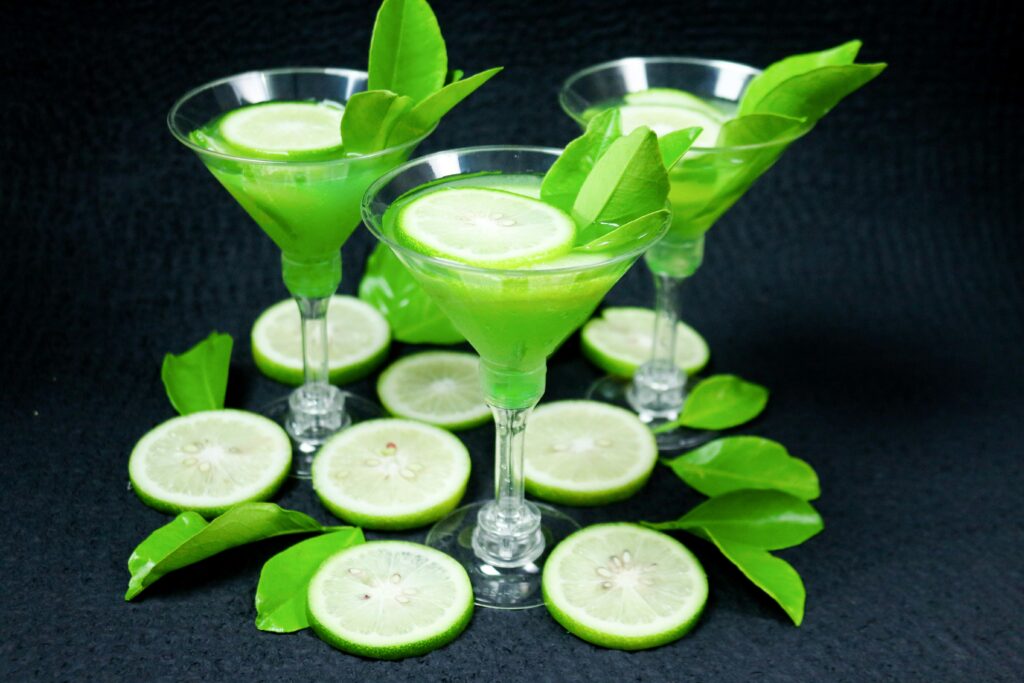
Understanding electrolyte balance is like learning to cook—once you get the basics, you can improvise with confidence. Here’s your cheat sheet:
Sodium: Sea salt, pink Himalayan salt, coconut water.
Potassium: Banana, coconut water, spinach, avocado.
Magnesium: Spinach, almonds, chia seeds, cocoa powder.
Calcium: Leafy greens, almonds, sesame seeds
The magic ratio I’ve found works best is roughly 1:2:1 (sodium:potassium: magnesium). But don’t get too caught up in the numbers—your taste buds are pretty good at telling you what you need.
Common Mistakes to Avoid
Over-Sweetening
Even with natural sweeteners, it’s easy to go overboard. Start with less than you think you need—you can always add more.
Ignoring Texture
A watery smoothie is disappointing. Use frozen fruits, add healthy fats like avocado or nut butter, and don’t be afraid of ice.
Forgetting the Salt
This is the biggest mistake I see. You need that sodium for proper hydration. Don’t skip it!
Making Them Too Complicated
Keep it simple. Three to five ingredients usually work better than ten.
Storage and Prep Tips
These smoothies are best consumed fresh, but life happens. Here’s how to prep ahead:
Freezer Packs: Pre-portion all ingredients except liquids into freezer bags. When you’re ready, just add liquid and blend.
Refrigerator Storage: Most smoothies keep for 24-48 hours in the fridge. Give them a good shake before drinking.
Ice Cube Trick: Freeze leftover smoothie in ice cube trays. Add a few cubes to water for instant electrolyte water.
Frequently Asked Questions
What are sugar-free electrolyte smoothies?
These are blended drinks that combine natural electrolyte sources with whole foods, sweetened without adding sugar. They provide essential minerals for hydration and recovery while keeping blood sugar stable.
Are sugar-free electrolyte smoothies suitable for diabetics?
Yes, when made with appropriate sweeteners like stevia or monk fruit, and monitored for fruit content. Always consult with your healthcare provider about dietary changes.
Which ingredients provide natural electrolytes in smoothies?
Coconut water, sea salt, leafy greens, bananas, avocados, and nuts are excellent natural electrolyte sources. Each provides different minerals that work together for optimal hydration.
Can I use electrolyte powders in smoothies?
Absolutely! Sugar-free electrolyte powders can boost the mineral content of your smoothies. Look for options sweetened with stevia or monk fruit.
How do sugar-free electrolyte smoothies help with hydration?
They provide the minerals your body needs to absorb and retain water effectively, while the natural ingredients offer additional nutrients that support overall health.
Are these smoothies good for post-workout recovery?
Yes, they’re excellent for recovery. They replace lost electrolytes, provide natural energy from fruits, and can include protein for muscle repair.
What is the best base liquid for a sugar-free electrolyte smoothie?
Coconut water is ideal because it’s naturally rich in electrolytes. Unsweetened plant milks work well too, especially when combined with added electrolytes.
Can I make dairy-free or vegan sugar-free electrolyte smoothies? Definitely! Use plant-based milks, coconut water, and plant-based protein powders. All the recipes I’ve shared are naturally dairy-free.
What is the difference between electrolyte smoothies and regular smoothies? Electrolyte smoothies specifically focus on replacing minerals lost through sweat and daily activities. They typically include added salt and mineral-rich ingredients like coconut water.
How can I make my electrolyte smoothie creamy without adding sugar? Use frozen fruits, avocado, nut butters, or coconut cream. These ingredients add richness and body without refined sugars.
The Future of Your Hydration Game

Here’s what I want you to take away from this: hydrating recipes don’t have to be boring or loaded with artificial ingredients. These natural electrolyte drinks prove that you can have delicious, effective hydration without compromising your health goals.
Whether you’re an athlete looking for natural sports drinks, someone managing diabetes who needs diabetic-friendly options, or just a health-conscious individual who wants to ditch the sugar-loaded commercial drinks, these recipes have you covered.
The beauty of DIY electrolyte recipes is that you can customize them to your exact needs and preferences. Don’t like bananas? Swap it for mango. Need more protein? Add your favorite powder. Want it sweeter? Adjust the stevia. You’re in complete control.
I’ve been making these smoothies for years, and I can honestly say they’ve transformed how I think about hydration. No more afternoon sugar crashes, no more mysterious ingredients, and no more paying premium prices for drinks that don’t deliver.
Start with one or two recipes that appeal to you most. Get comfortable with the basic techniques, then start experimenting. Before you know it, you’ll be creating your signature electrolyte-rich blends that perfectly match your lifestyle and taste preferences.
Remember, the best smoothie is the one you’ll drink consistently. So find your favorites, make them regularly, and enjoy the sustained energy and hydration that comes with choosing real food over processed alternatives.
Your body—and your taste buds—will thank you for making the switch to these healthy hydration recipes. Trust me, once you go sugar-free electrolyte smoothies, you’ll never go back to those neon-colored sports drinks again.
Ready to revolutionize your hydration game? Pick your favorite recipe from this list and give it a try this week. Your future self will thank you for taking this delicious step toward better health.
What’s your favorite electrolyte smoothie combination? Share your creations and variations in the comments below—I’d love to hear how you’ve customized these recipes to fit your lifestyle!





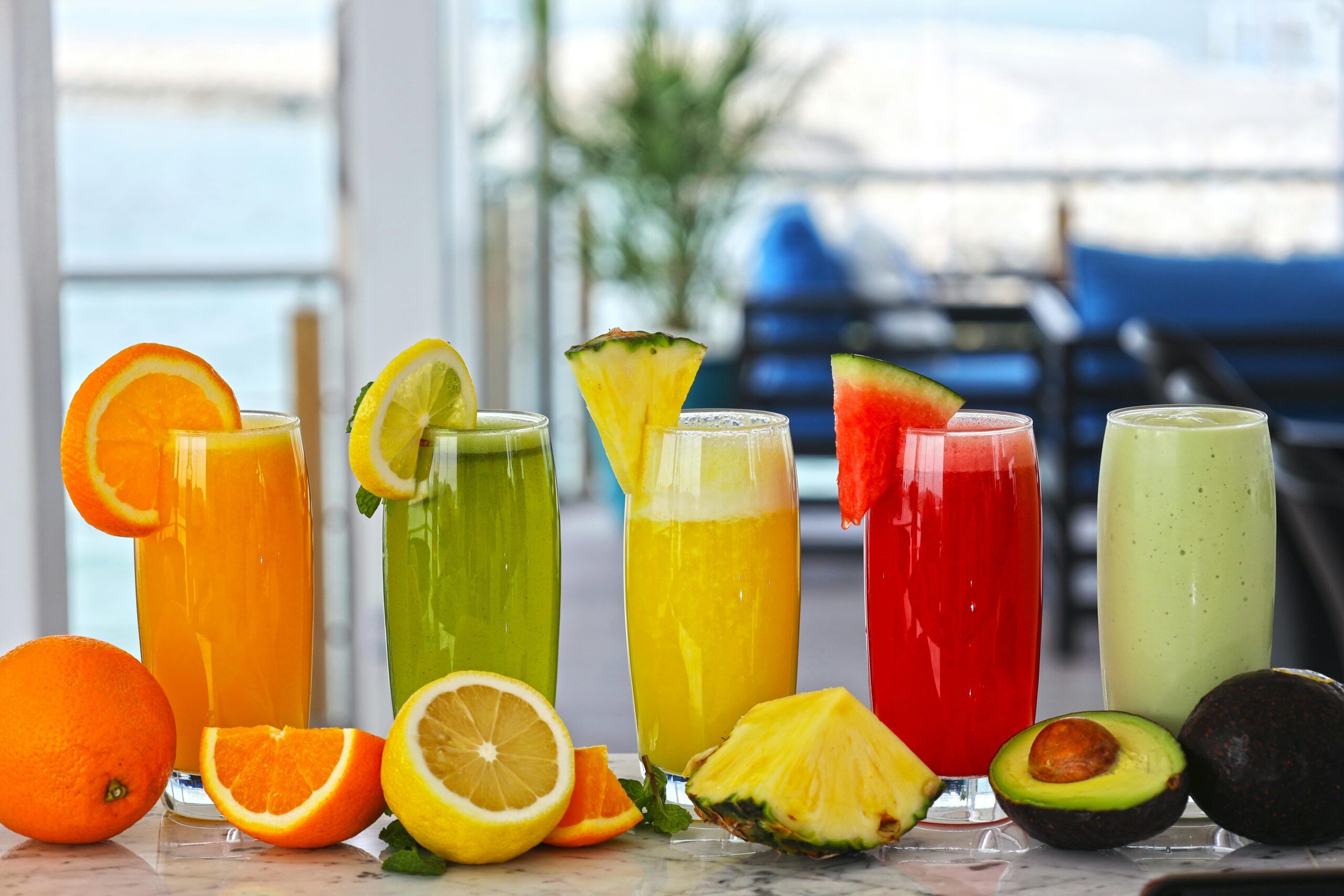
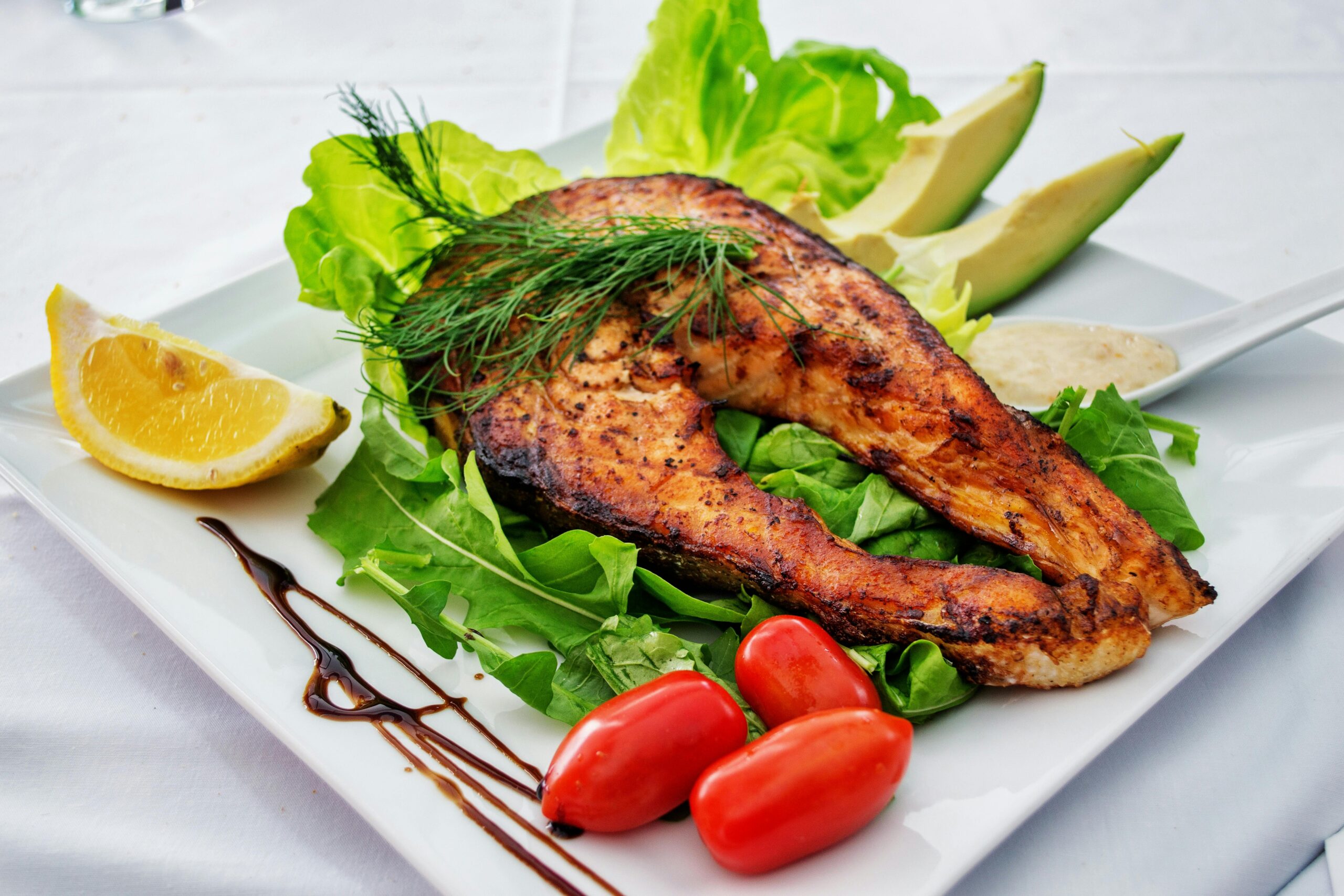
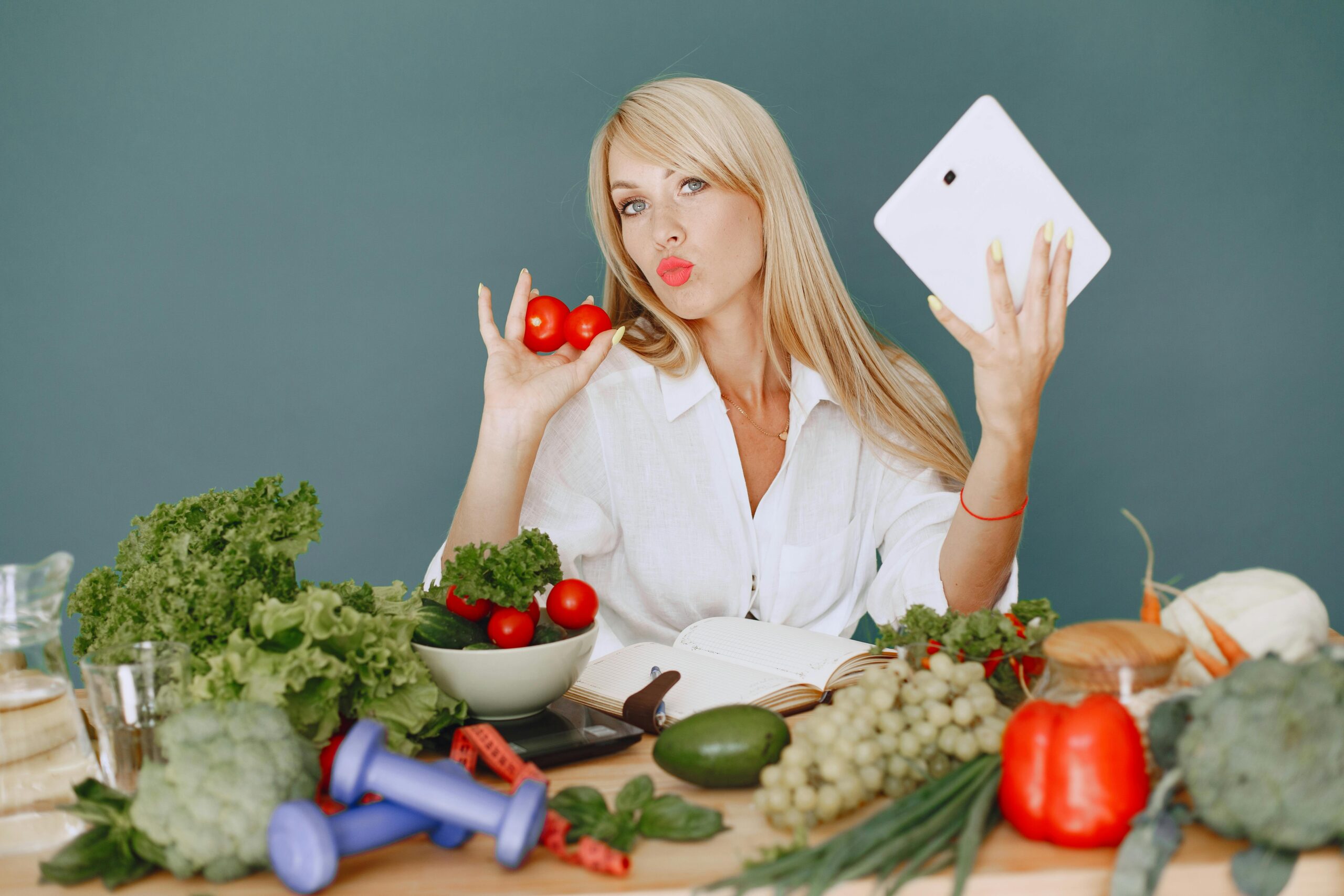

Absolutely loved this article, Jennifer! ???? Sugar-free electrolyte smoothies are such a game-changer—especially for those of us trying to stay hydrated without compromising health or spiking blood sugar. Your breakdown of the ingredients and benefits was super helpful, and I really appreciate the variety of recipes for different needs and tastes.
The Green Goddess Hydrator and Spiced Chai Electrolyte Blend are calling my name! ???? Also, your point about hydration being more than just drinking water really hit home—electrolytes matter so much more than people realize.
Thanks for empowering us to take hydration into our own hands in such a delicious and nutrient-rich way. Can’t wait to try some of these and maybe even create my own twist. Keep them coming! ????????????
Thank you very much, Jason. I appreciate your contribution.
I am very excited to have found your website. I bookmarked it and will be using these recipes. Hydration is huge, and I am grateful for the diversity of options to help keep it fresh and interesting. Mindful eating has become a must in life because of all of the unhealthy choices that make themselves so easy to access. Eating beneficially takes thoughtful planning, and having recipes that use everyday ingredients is especially helpful. Thank you for this post.
Thank you, Iris, I am super glad that this post helped you